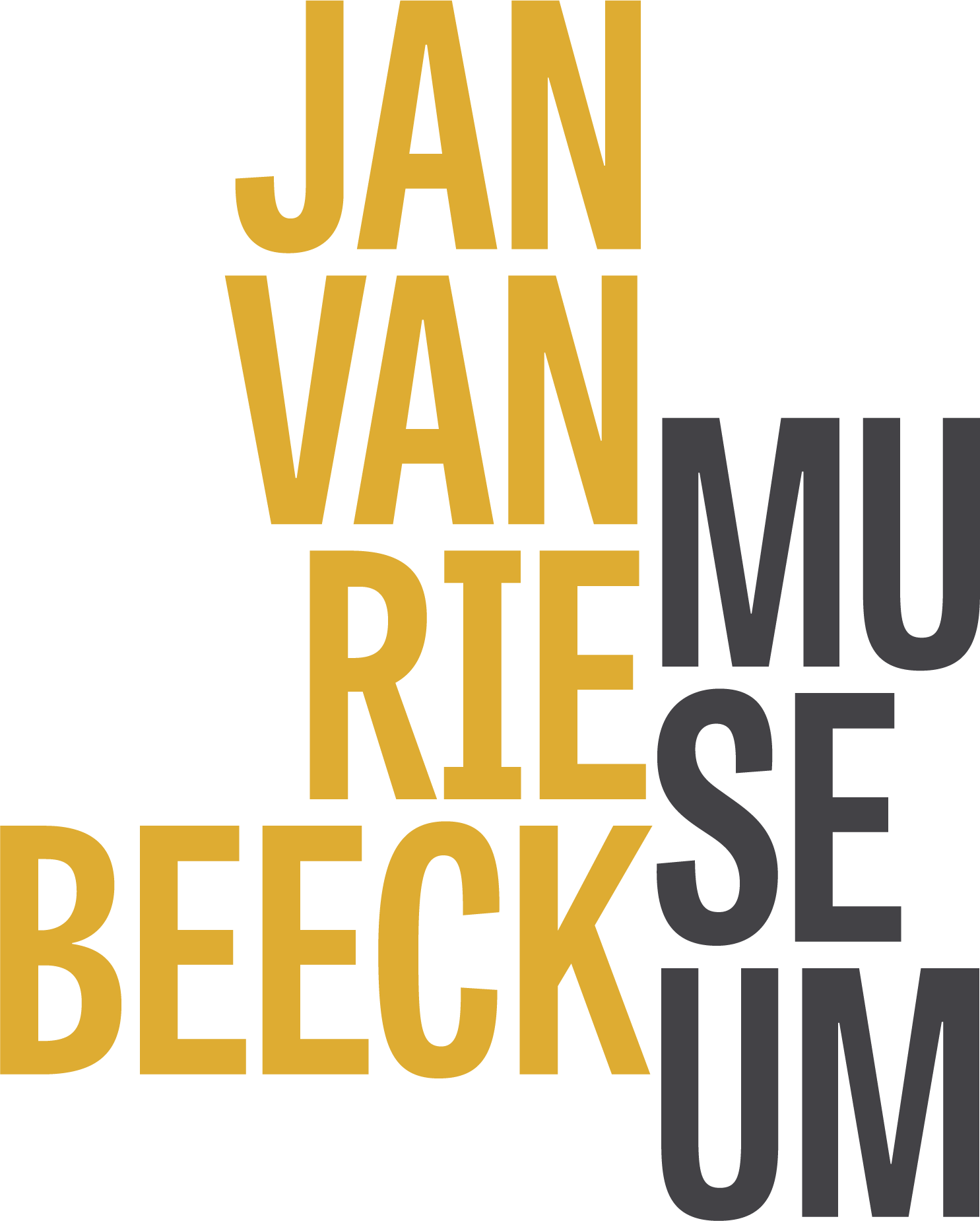Henri de Toulouse-Lautrec, in full Henri-Marie-Raymonde de Toulouse-Lautrec-Monfa, (born November 24, 1864, Albi, France—died September 9, 1901, Malromé), French artist who observed and documented with great psychological insight the personalities and facets of Parisian nightlife and the French world of entertainment in the 1890s. His use of free-flowing, expressive line, often becoming pure arabesque, resulted in highly rhythmical compositions (e.g., In the Circus Fernando: The Ringmaster, 1888). The extreme simplification in outline and movement and the use of large colour areas make his posters some of his most powerful works.
Thus it was that in the mid-1880s Toulouse-Lautrec began his lifelong association with the bohemian life of Montmartre. The cafés, cabarets, entertainers, and artists of this area of Paris fascinated him and led to his first taste of public recognition. He focused his attention on depicting popular entertainers such as Aristide Bruant, Jane Avril, Loie Fuller, May Belfort, May Milton, Valentin le Désossé, Louise Weber (known as La Goulue [“the Glutton”]), and clowns such as Cha-U-Kao and Chocolat.
In 1884 Toulouse-Lautrec made the acquaintance of Bruant, a singer and composer who owned a cabaret called the Mirliton. Impressed by his work, Bruant asked him to prepare illustrations for his songs and offered the Mirliton as a place where Toulouse-Lautrec could exhibit his works. By this means and through reproductions of his drawings in Bruant’s magazine Mirliton, he became known in Montmartre and started to receive commissions.
Toulouse-Lautrec sought to capture the effect of the movement of the figure through wholly original means. For example, his contemporary Edgar Degas (whose works, along with Japanese prints, were a principal influence on him) expressed movement by carefully rendering the anatomical structure of several closely grouped figures, attempting in this way to depict but one figure, caught at successive moments in time. Toulouse-Lautrec, on the other hand, employed freely handled line and colour that in themselves conveyed the idea of movement. Lines were no longer bound to what was anatomically correct; colours were intense and in their juxtapositions generated a pulsating rhythm; laws of perspective were violated in order to place figures in an active, unstable relationship with their surroundings. A common device of Toulouse-Lautrec was to compose the figures so that their legs were not visible. Though this characteristic has been interpreted as the artist’s reaction to his own stunted, almost worthless legs, in fact the treatment eliminated specific movement, which could then be replaced by the essence of movement. The result was an art throbbing with life and energy, that in its formal abstraction and overall two-dimensionality presaged the turn to schools of Fauvism and Cubism in the first decade of the 20th century.


